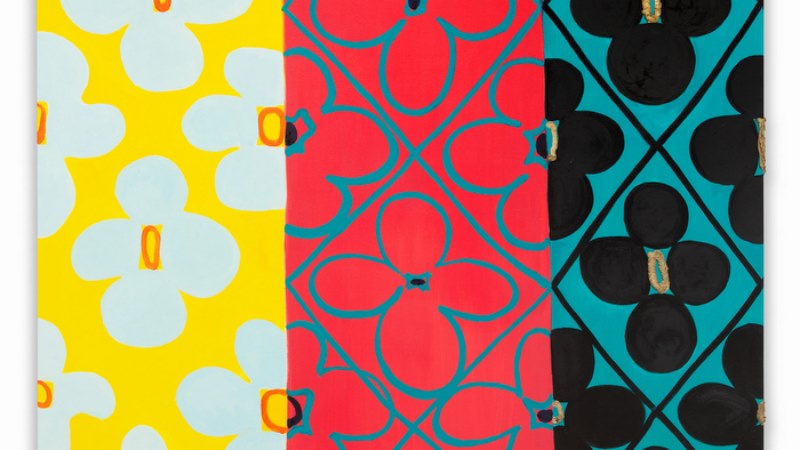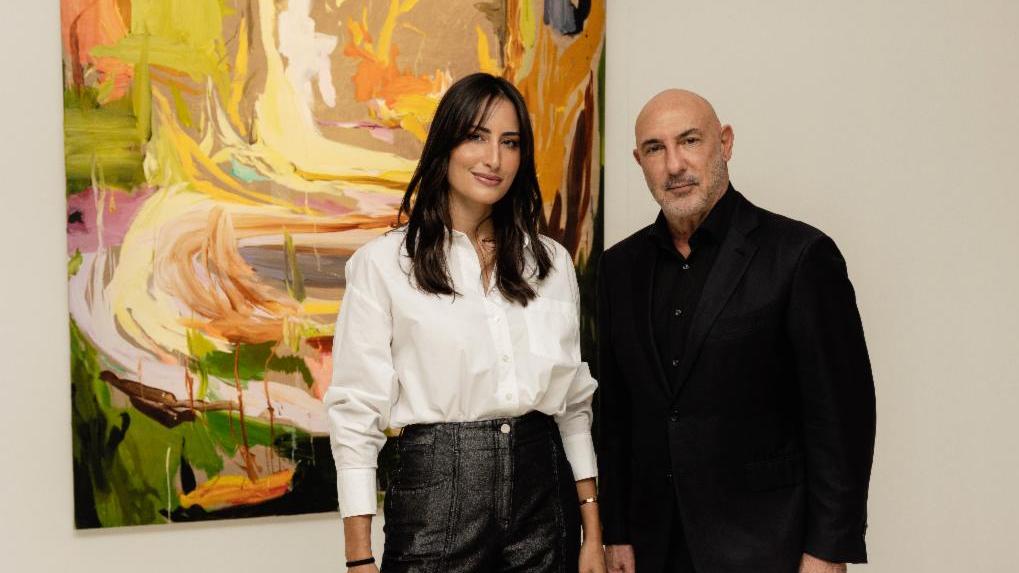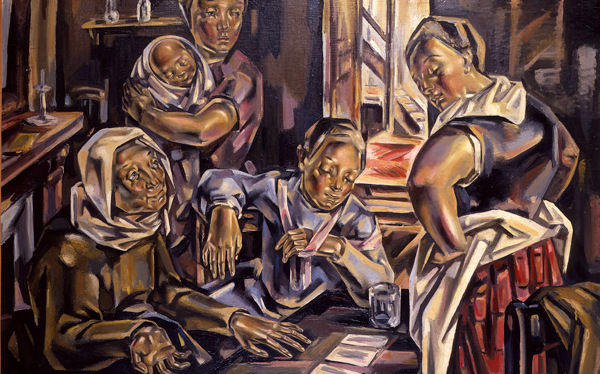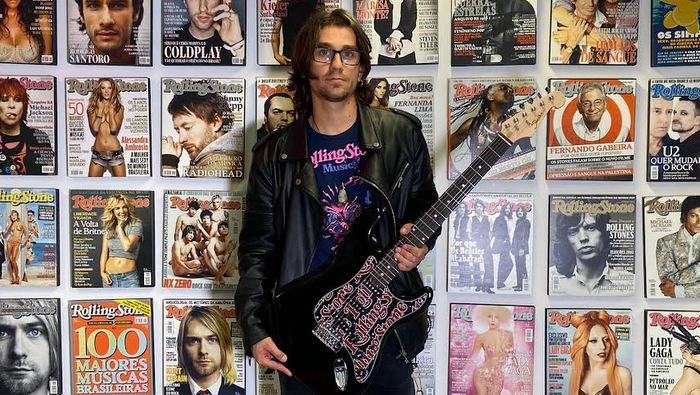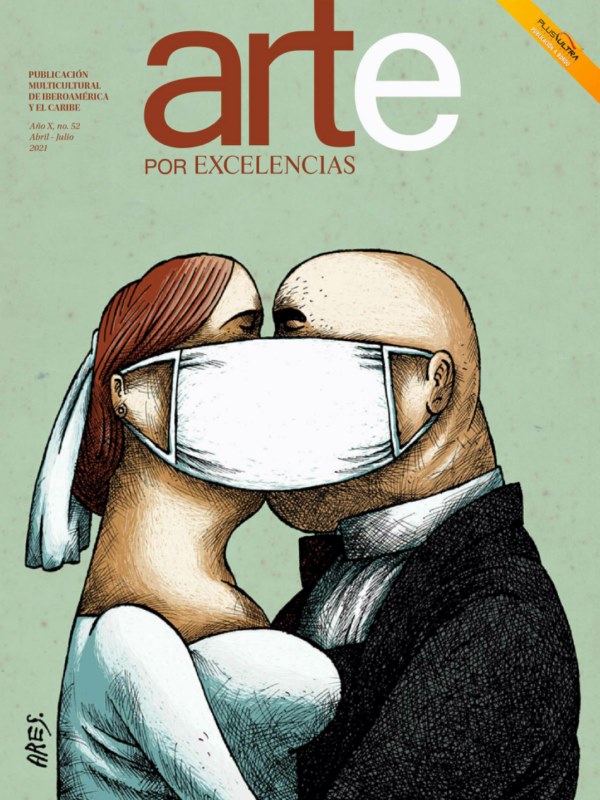Madre tierra photographic exhibition, by Argentine artist Marcelo Gurruchaga, kicked off last Monday at the Heritage, Community and Environment Civil Society (Amargura 60, between Mercaderes and San Ignacio), Old Havana Historic Core.
The display of these artworks, as well as those previously exhibited in Holguin (si sabes el título agrégalo entre paréntesis), represents a peculiar approach to a recurrent matter: nature, within the framework of Cuban celebrations related to the Environment World Day.
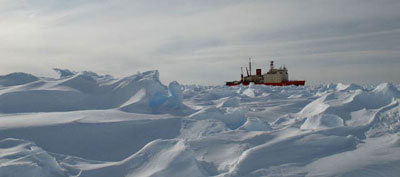 Invited by the Argentine Republic’s Embassy, the artist attended both opening ceremonies, gave the “Photography of nature and environment as a tool to preserve natural and cultural heritage” conference, on June 6, at the Heritage, Community and Environment Civil Society, and visited Cuban cultural institutions such as the National Museum of Fine Arts, “Wifredo Lam” Contemporary Art Center, Cuba’s Photographic Library, Casa de las Americas, Casa de Iberoamericana de Cultura, in Holguin. The program concludes today, Tuesday, with a photographic Safari-workshop in Cienaga de Zapata.
Invited by the Argentine Republic’s Embassy, the artist attended both opening ceremonies, gave the “Photography of nature and environment as a tool to preserve natural and cultural heritage” conference, on June 6, at the Heritage, Community and Environment Civil Society, and visited Cuban cultural institutions such as the National Museum of Fine Arts, “Wifredo Lam” Contemporary Art Center, Cuba’s Photographic Library, Casa de las Americas, Casa de Iberoamericana de Cultura, in Holguin. The program concludes today, Tuesday, with a photographic Safari-workshop in Cienaga de Zapata.
Gurruchaga’s snapshots on deserts, specifically his trip to the Antarctic, positioned him, in 2009, among the top ten photographers of the world, due to the work he carried out for GEO magazine. In the resulting book’s prologue (Antarctic. The colors of a cold desert) Gurruchaga explains that “the ice, sunsets and sunrises, blue and cloudy skies and mist create dazzling palette.”
In a conversation with Arte por Excelencias, Gurruchaga specified: “I’m not a nature photographer but I work on nature. I want images to give a particular view of the site... I don’t try to photograph the animal, but its environment”. Regarding to his work, critics have pointed out a romantic spirit that perhaps has to do with the circumstance of capturing the atmosphere around the photographed object.
When asking him about his photographic work, he comments: “There is manipulation as we use digital cameras, with previous configurations..., related to contrast and brightness, in order to obtain exactly the result I’m looking for, but I don’t do photomontages, don’t manipulate colors.”
His brief stay in the island has been also stimulated by his interest in carrying out a Photo-safari, along with his students, on Cuban geography, one of the photographic-tours that he has organized since 1997 all over the world. “It might take place in January”, he specifies, because this country possesses innumerable and beautiful natural sites, all of them are different from each other.”
“I began taking pictures when I was just a kid, I’m already 50 and I started when I was 9 or 10 years old. That was my school. There was no, let’s say, traditional training for my generation. We did take a lot of courses. I didn’t study fine arts, though I always paid attention to the cultural world: exhibitions, museums, books, catalogues… I started my professional career when I was 22 or 23 years old on the fields of advertising, architecture and nature. The advertising world is a school where you learn a lot about terms and techniques, it represents an excellent training on expressive elements, but I’m presently working on heritage matters, natural and historic-cultural, both concepts are closely linked to human beings, I don’t understand how some people can dissociate them.”
He’s been teaching since 1992, giving particular courses and has worked as Photography professor at different universities. Likewise, he delivers lessons for Conservation Master at the CICOP (International Center for Heritage Conservation). He has carried out several individual and collective exhibitions, in places such as Recoleta Cultural Center, Tres de Febrero National University, Modern Art Museum, Natural Sciences Museum, Ushuaia Sea Museum, Lanús University, “Benito Quinquela Martin” Fine Arts Museum, Technological Museum of City, Lomas de Zamora National University, UADE Art Institute.
Besides the quoted title, he has published the photography books: Isla de los Estados. Chuanisin, Tierra de la abundancia, and Velas del Bicentenario. Grandes Veleros en el Atlantico Sur.
Further information: http://www.mundo-geo.es/fotografia/fotografos/la-antartida-vista-desde-la-camara-de-marcelo-gurruchaga
http://artsfotografica.blogspot.com/2009/12/marcelo-gurruchaga-argentina.html
Related Publications
